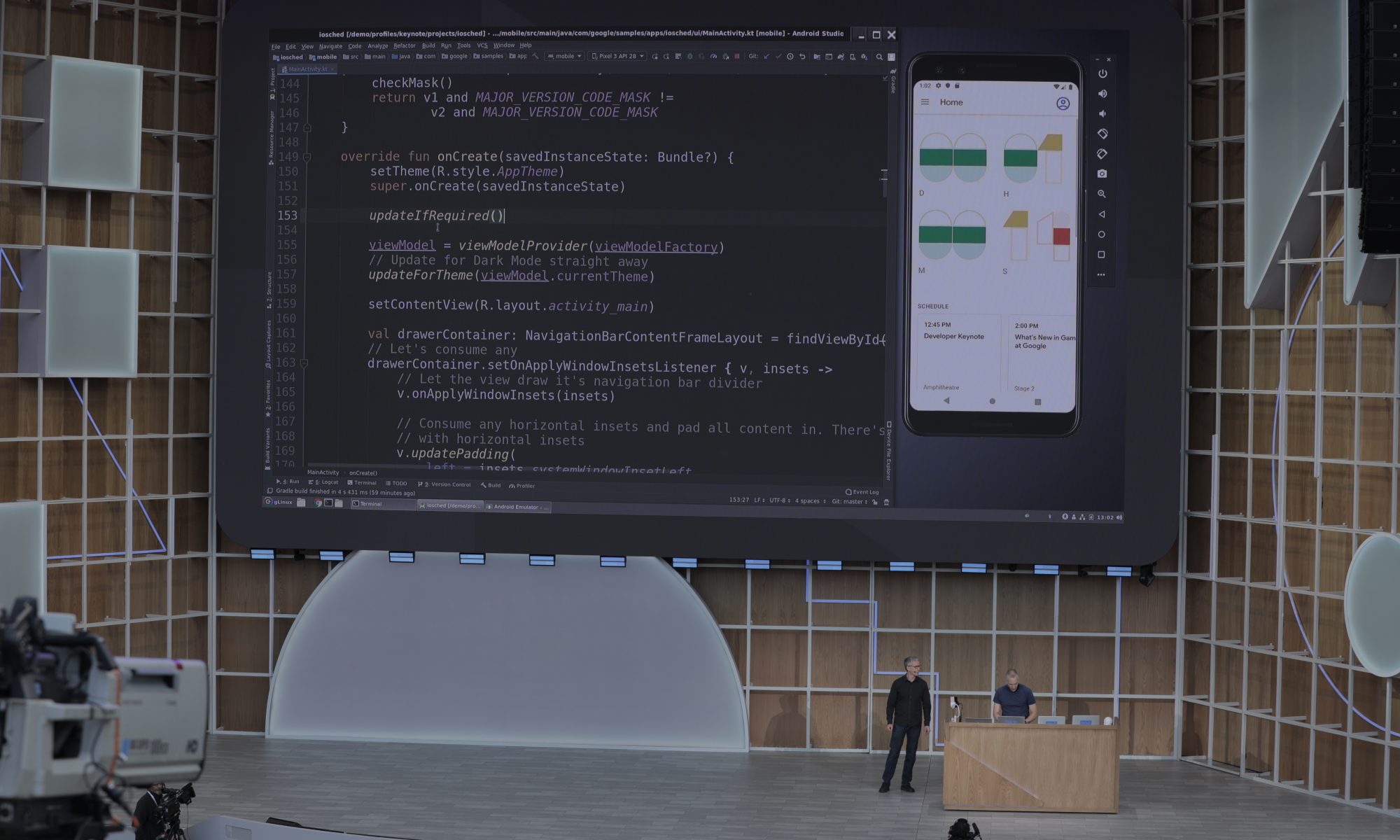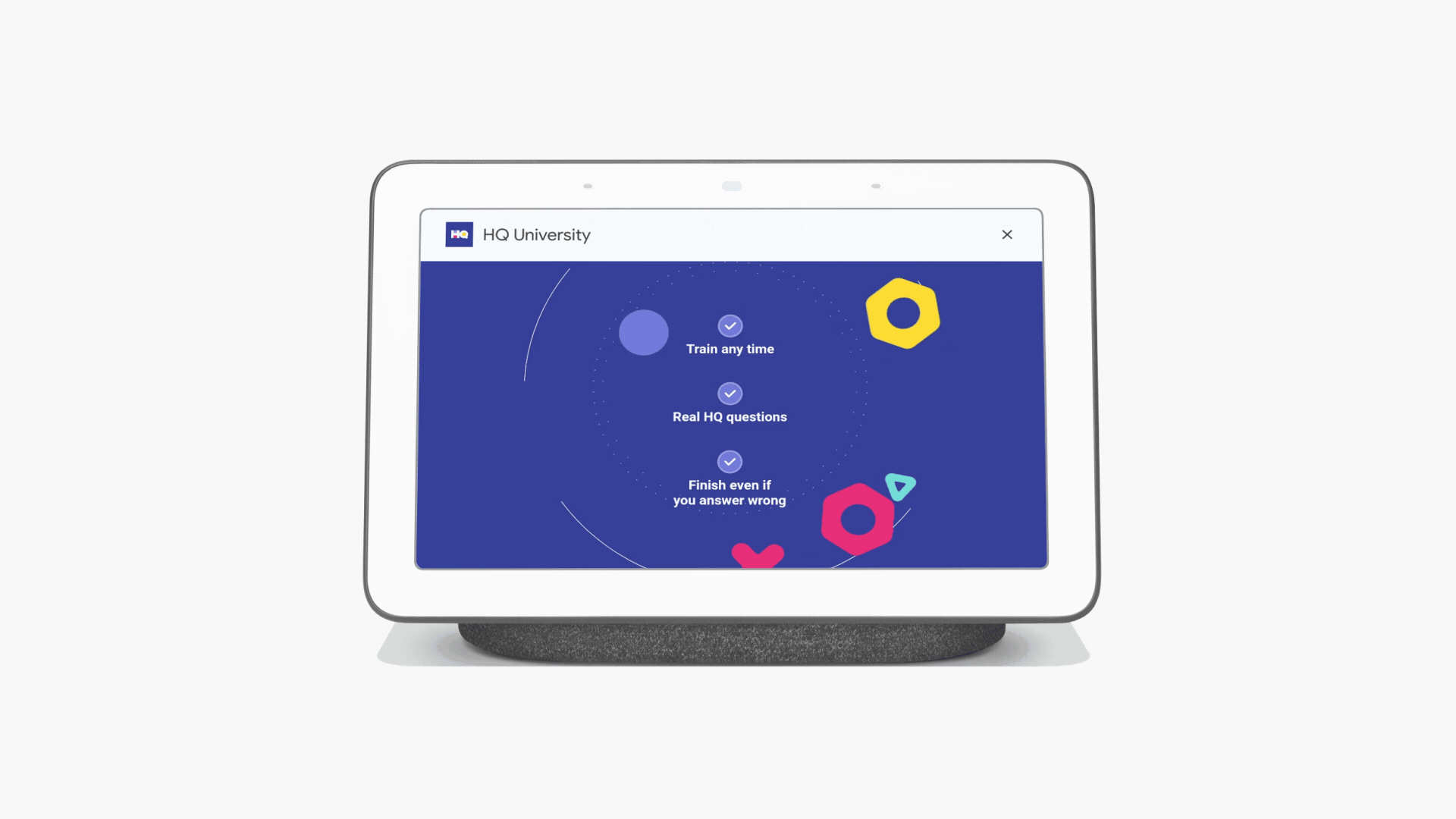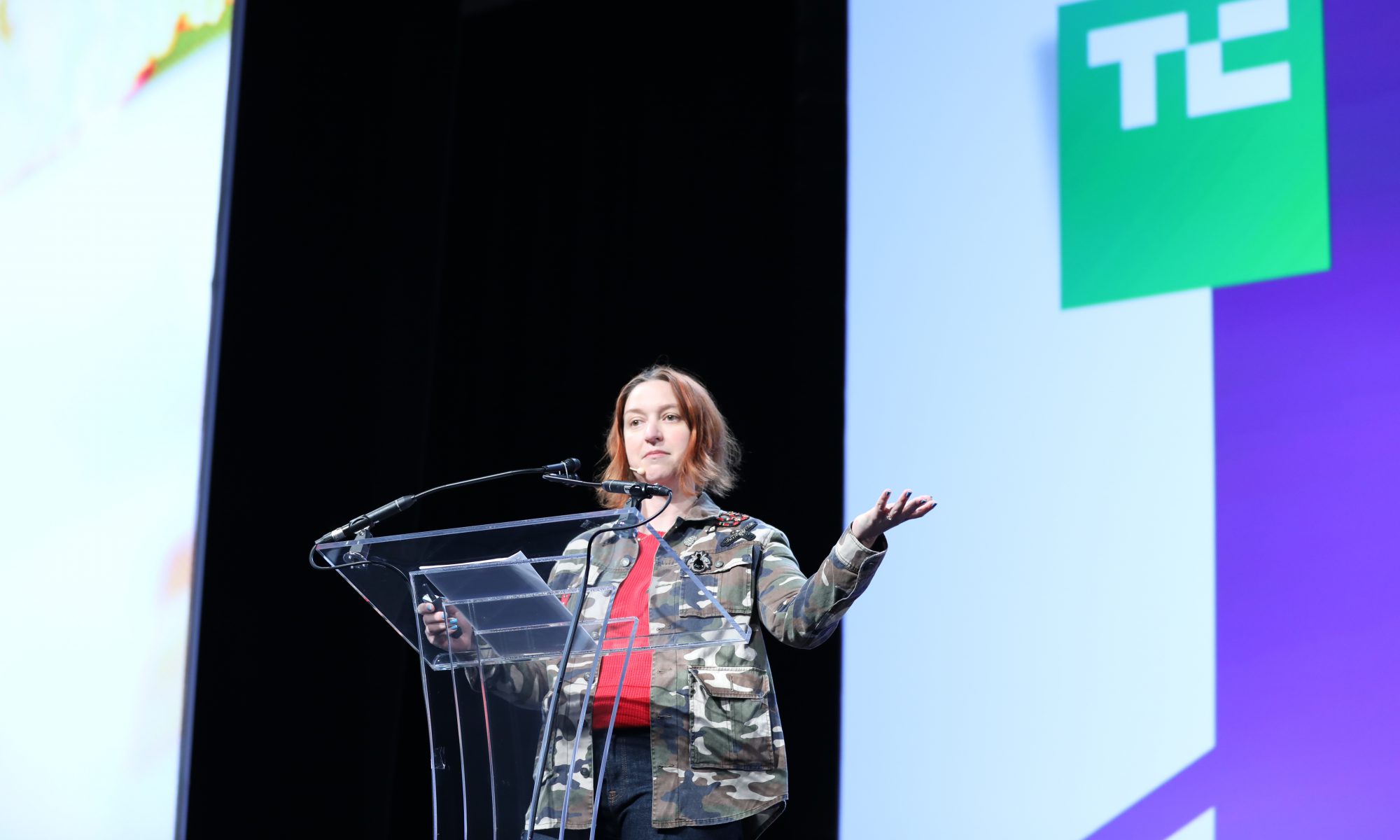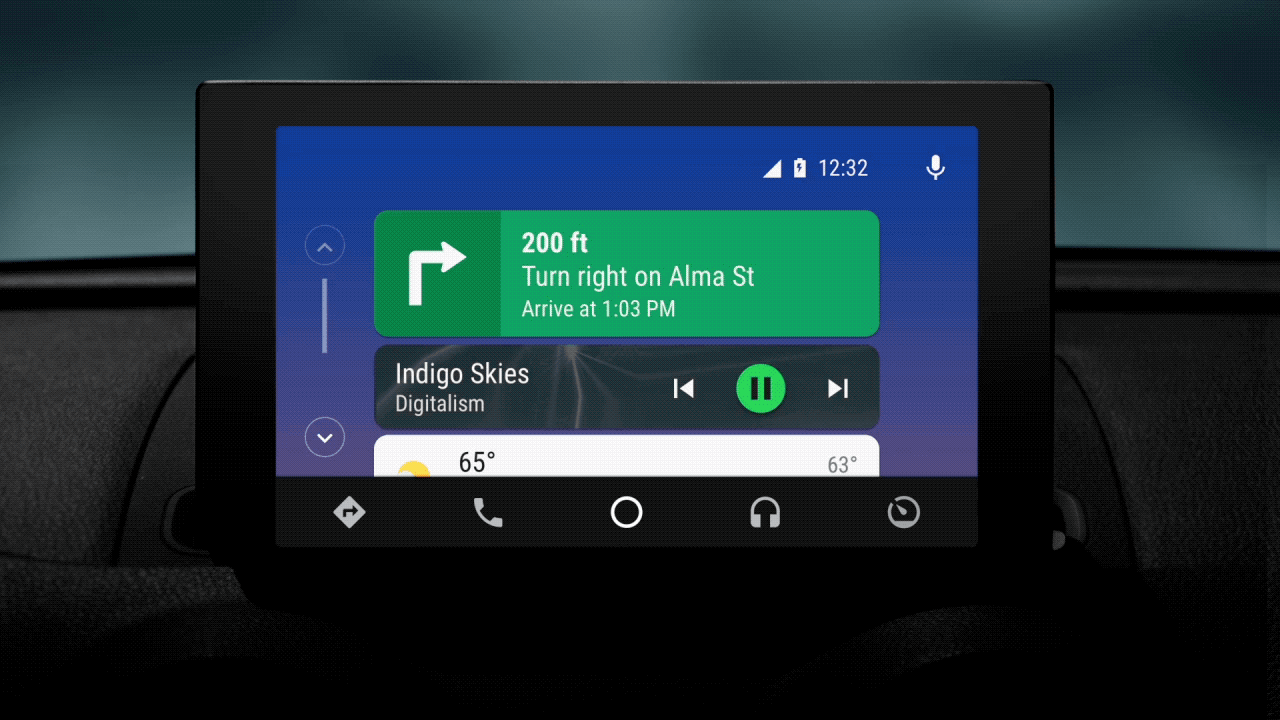Sridhar Vembu
Contributor
Sridhar Vembu is the co-founder and CEO of
Zoho Corporation. Sridhar initially founded AdventNet in 1996 and became its CEO in 2000. Prior to AdventNet, Sridhar worked as a wireless systems engineer at Qualcomm, Inc. He has a bachelor’s degree in electrical engineering from Indian Institute of Technology, Madras, and PhD in electrical engineering from Princeton University.
Driven by ultra-easy central bank policy, global merger and acquisition activity is exploding. The value of transactions in the first eight months of 2018 reached $3.3 trillion worldwide, a 39% increase from 2017, and the market can expect another record-setting year in 2019. What does this mean? The data suggests that optimism about the efficacy of M&As has never been higher. Businesses are increasingly looking to M&As as the way to grow.
Growth is good, but growth can also be cancerous. Financial and strategic calculus may suggest a perfect fit between two companies, but that calculus is mostly irrelevant to the long-term success of an M&A transaction. What looks on paper to be a perfect fit ends up in protracted conflict arising from a mismatch of cultures, values and ideologies. Those intangible factors are often only obvious in hindsight, and it is tempting for decision makers to ignore them because of their very intangibility; after all, if it is not part of the model, it cannot possibly exist, right?
Most acquisitions fail. That is the sobering reality.
Issues of high executive turnover, labored transition periods and lowered production standards arise when businesses either jump into a deal too quickly or leave internal disagreements unchecked for too long. It is not a secret that M&As have drawbacks, and a lot of ink has been spilled outlining the potential pitfalls of mergers and acquisitions. For a lot of companies, staying private and addressing issues internally is the best path to steady growth. It may not make for a bold headline or improve a company’s financial valuation, but there are real benefits to avoiding M&As altogether.
Facebook’s WhatsApp and Instagram acquisitions will rank among the most successful in all of tech. Yet, even with that success, issues of culture and values have come to the fore longer term.
Late-stage executive churn
In 2003, the Harvard Business Review looked at executive churn within targeted companies. It reported, “On average, about a quarter of the executives in acquired top management teams leave within the first year, a departure rate about three times higher than in comparable companies that haven’t been acquired. An additional 15% depart in the second year, roughly double the normal turnover rate.”
Upon further research, the Harvard Business Review survey found that “executives continued to depart at twice the normal rate for a minimum of nine years after the acquisition.” If we look at a company like Facebook, the Harvard study’s churn timeline doesn’t seem so far-fetched.
Back in 2012, Mark Zuckerberg was unjustly mocked for what was then an unthinkable $1 billion bid to buy Instagram. Five years later, Instagram was seen as perhaps Facebook’s most successful acquisition. Then, from disagreements with Facebook and the urge to start something new, Kevin Systrom and Mike Krieger, the co-founders of Instagram, exited the company at the end of last year. Nicole Jackson Colaco, Instagram’s director of Public Policy, left the company in early 2018. Around the same time, Keith Peiris, Instagram’s AR/Camera product lead, moved on as well. According to TechCrunch, “Instagram’s COO Marne Levine who was known as a strong unifying force, went back to lead partnerships at Facebook. Without an immediate replacement named, Instagram started to look more like just a product division within Facebook.”
Growth is good, but growth can also be cancerous.
Loss of autonomy — and even the perceived loss of autonomy — can be a prime driver of executive churn at targeted companies. In 2018, Facebook also lost Jan Koum, a board member and the co-founder of WhatsApp, the company Zuckerberg acquired in 2014 for $19 billion. Many speculated that Koum’s departure came after concerns about data privacy and Facebook’s advertising model. In either case, Koum’s departure was born out of concern for his company’s ability to function autonomously within Facebook — a concern, we’re learning, that was justified.
What we see here is the exodus of key decision-makers at two targeted companies. With Instagram and WhatsApp, Facebook is now left to move these properties forward without the help of critical executives who know the products they created more intimately than their acquirer ever could. It’s yet to be seen how much and in what ways these personnel changes will hurt Facebook’s bottom line. Facebook is still reporting substantial revenue growth year-over-year, but these recent departures make for a cloudier outlook. Keep in mind that WhatsApp and Instagram would count as major successes.
Righting the ship
Fortune ran an article in 2014 outlining some of the problems with acquisitions. One of the companies they reported on was Aptean, a roughly 1,500-person business software company formed in 2012 from a merger of CDC Software and Consona. Both CDC Software and Consona were the product of several previous acquisitions. The company had become a daisy chain of acquired businesses strung together under one name.
According to Aptean’s own chief architect, “The result was 30 companies that were really never integrated with each other. We had 30 vertically organized separate companies doing their own things, with their own tools. Everything from HR to software delivery and launch was in the hands of the product teams. There were attempts to try and solve that but there was really no interest.”
Aptean, like so many other companies, was not prepared for the herculean task of retraining and acclimating hundreds of workers. It can take years to onboard new teams, requiring long adjustment periods for employees who need to learn new systems and management styles. According to Forbes,”Worker experiences can vary dramatically even if values are aligned. You can speed up assimilation with focus, resources, support, communication and transparency, but it still takes time.”
Early M&A struggles can be managed, but it takes recognition at the point of conflict.
Acquisitions are often initiated to solve a problem then and there, so long acclimation periods require time most businesses don’t have or are unwilling to give. Aptean was willing to put in the work to shore up foreseeable issues that come from a business model built on mergers and acquisitions. If there’s one thing to learn from Aptean it’s that early M&A struggles can be managed, but it takes recognition at the point of conflict to enact a plan to remedy the situation.
One fairly recent M&A that has received a lot of attention is Amazon’s purchase of Whole Foods. If we look at Whole Foods one year after the acquisition, a familiar narrative to Facebook and Aptean arises, only now Amazon and Whole Foods have the added challenge of competing in the retail space while maintaining customer satisfaction.
Growing pains
Similar to Instagram and Whatsapp, Whole Foods was a big fish in a big pond that has been swallowed by a blue whale. To what end? As The Wall Street Journal points out, “More than a dozen executives and senior managers have left since Amazon acquired Whole Foods last year, according to former employees and recruiters steering them to new jobs.”
There appears to be little harmony between Amazon and Whole Foods right now, and the bruises are already showing. Whole Foods may be reporting a 19% rise in sales year-over-year, but customers are complaining about the quality of their produce. Businesses are weary of steep price hikes for prime shelving space, and perhaps most concerning of all, Amazon — the blue whale — isn’t getting the return on its investment.
Late last year, Forbes ran an article about the Amazon-Whole Foods deal, writing, “Amazon, even after acquiring Whole Foods for $13.7 billion in 2017 and offering two-hour grocery delivery service, is finding little success in the grocery business.” It may be that Amazon’s plans for Whole Foods are far-reaching and require several years to fall into place, but just like Facebook, the company is encountering problems now that if gone unaddressed could jeopardize the viability of the acquisition. Bloomberg reported that, “The number of Amazon Prime members who shop for groceries at least once a month declined in 2018 compared with 2017… The drop was surprising given the company’s Whole Foods investment and expansion of two-hour delivery service Prime Now.”
In the short-term, we see that shoppers at Whole Foods are unhappy, vendors are feeling pinched and Amazon is losing money to Walmart and Kroger and Target (businesses with more physical stores to service online orders). Looking ahead, Amazon’s plans for Whole Foods are ambitious, and with proper management of these early issues, this acquisition could prove beneficial to both companies, but only time will tell.
The perks of going it alone
An overwhelming majority of companies that engage in M&As are public. The reason for this is because public companies are accountable to their shareholders, who demand revenue growth year-over-year. The fastest way for a business to demonstrate growth and reinvest capital is to acquire another company. When financial valuations, shareholders and exit strategies are top of mind for a business, little attention is paid to company culture.
Good company culture is becoming harder to find as businesses increasingly turn to M&As to solve their problems.
Now consider a private company that avoids M&As. Over time, that company can benefit immensely from its autonomy. Money that would have otherwise been used to buy a competing business can be reinvested into R&D and far-reaching growth projects that may not suit the revenue timeline of a shareholder. Executive turnover is lower, which leads to lower churn, company-wide. These benefits contribute to company culture. Demonstrating good company culture means that employees stay longer and are given the opportunity to work on projects that excite them. Good company culture is becoming harder to find as businesses increasingly turn to M&As to solve their problems.
Look before you leap
Ultimately, expectations and creative control have always loomed large over the fate of any merger or acquisition. It is natural for a business to want to absorb the brain trust of a competing company. Buying out a business to integrate its products into your suite can be a sound financial practice as well. But when things go south — whether that be through executive churn at the targeted company or problems with integration — people rarely point to the baked-in complications associated with M&As as a responsible party.
With each acquisition, a business may be forfeiting a part of its core DNA. There are issues of long-term employee retention and ideological compatibility that weigh heavy on any M&A. What’s more, acquisitions can require 10-year implementation plans (or longer), but with such a high turnover rate, it becomes incredibly difficult to make the transition work.
In the abstract, warning against these issues can come off as patronizing. But with this year expected to bring more M&A activity than 2018, the best way for businesses to assess the merits of a merger or acquisition tomorrow is to study the troubles befallen many high-profile companies today.

Source: Tech Crunch
















